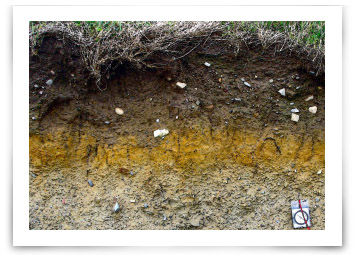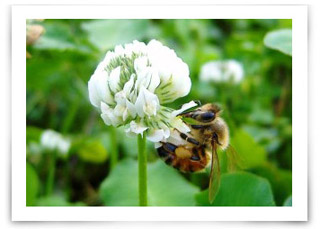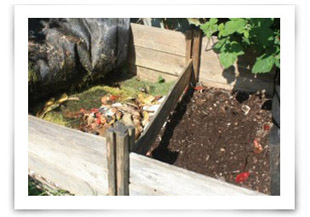How to Set Soil pH for Lawns
The first step in good grass care is good soil. "You are what you eat" applies to plants too, and since the grass' food is the nutrients found within soil, the quality of your grass yard's soil is an essential part of lawn care. One of the biggest factors affecting the nutrients available to your grass is the soil's pH.

What is Soil pH?
Soil pH is the scale of alkalinity and acidity. Soil pH is scaled from 0 to 14, with 7 being neutral, less than 7 being higher in acidity and more than 7 being higher in alkaline, sometimes called "basic." The balance of alkaline and acid in the soil is what allows various nutrients and minerals to dissolve or break down for the grass.
How to Set pH for Grass
Most grass for lawns thrives in a soil pH between 6.5 and 7, with some types doing well in lower levels. So you can care for grass best with a neutral to very slightly acidic pH. To achieve this level for a grass yard, follow these steps:
1. Get a soil test.
To know what you need to add to your soil to get the right pH, you first need to know what the current pH is. You can either buy a home test kit or take samples from around the yard and send it off to your local or state soil testing lab.
2. Get lime or sulfur
depending on soil test results. Often, soil is too acidic and lime will help neutralize that (raise pH) and bring it back toward neutral. Common sources of lime are ground limestone or wood ashes. If your soil pH is too alkaline, you can make it more acidic (lower pH) with sulfur.
3. Apply lime or sulfur as needed.
Ideally, you want to add these to your soil about three months before planting grass for lawns, usually in the fall or early winter, so you can mix it into the soil. However, you can still add lime to established lawns with a drop spreader. Do this anytime from about September to March, depending on where you are. You may need to apply several times, depending on how far from neutral your soil is.
4. Water right away.
This will help the added lime or sulfur dissolve into the soil some, but will also clean it off of any grass blades, which could otherwise harm the grass.
5. Test again
after a year or more. Lawns shouldn't need pH adjusted again for several years, but it's good to keep track just in case.
Adjusting your soil pH for your lawn, along with making sure there are good levels of nitrogen (fertilizer) and following good watering, mowing and other grass care practices can help you create thriving lawns. For more lawn care support and high-quality equipment that can help you care for grass to produce first-rate lawns, locate your nearest Wright Dealer .


